Hippopotamus, or simply, “hippos,” are large mammals native to sub-Saharan Africa. While these creatures look much like large marshmallows, they are some of the most aggressive animals in the world while defending their territory. The scariest part about hippos however, is that humans have pushed them to just a tiny fraction of their original range. Read on to learn about the hippopotamus.
Description of the Hippopotamus
Hippos are impressively large creatures. They are among the largest land mammals on earth, short of elephants and some rhinos. Weighing in between 2,870 lbs. and 3,300 lbs. on average, these creatures are simply immense.
Despite their weight, they have quite short legs with webbed toes. Because they are mostly aquatic they don’t need long legs to support their weight. They also sport a huge pair of jaws, which can open an impressive 180º wide. They also sport incisor teeth that can grow to over a foot long!
Interesting Facts About the Hippopotamus
Hippopotami (plural for hippopotamus) are simply brimming with amazing adaptations. They are perfectly built for survival in their aquatic African habitats, and are highly specialized creatures.
- Wade and Wallow – Hippos are not seafaring creatures. They spend most of their time in the water, but not large, deep bodies of water. Instead, hippos prefer shallow lakes and rivers. As surprising as this may seem, hippos are not very good swimmers! They have webbed feet, but mainly walk or bound along the river bottom.
- Built-in Sunscreen – If you grazed under the beating sun for long periods, you would probably need some sunscreen right? Luckily for hippos, they produce their own! Hippos secrete a substance sometimes called blood sweat, even though it is neither blood nor sweat. These secretions contain pigments that prevent bacterial growth and absorb ultraviolet light. Basically, they ooze their own antibacterial sunscreen.
- Swimming and Surfacing – Even though hippos spend much of their time in the water, they are still mammals and must breathe air. They can hold their breath for seven minutes, but usually surface to breathe every three minutes or so. This is completely subconscious, which means that hippos will surface to breathe even while they are still asleep!
- Sleepy? Or Sassy? – Unlike humans, when hippos yawn it is not a sign of boredom or exhaustion. Hippos yawn to expose their massive jaws and long teeth. This is a territorial display, warning others to “stay out of my river.”
Habitat of the Hippopotamus
Hippos can live in virtually any habitat with access to water and grass. As long as they can submerge themselves and graze nearby, they can survive in an ecosystem. They are commonly found in savannas and forests, but their range has been severely reduced.
Distribution of the Hippopotamus
Unfortunately, Hippopotami have been eradicated in the vast majority of their former range. There has been an increasing reduction in access to fresh water across Africa, leading to a serious decline in hippo range and population. Now, hippos are found only in the northern Democratic Republic of Congo, South Africa, Uganda, the Gambia, Tanzania, Sudan, Somalia, Kenya, and Ethiopia.
Diet of the Hippopotamus
Hippos are herbivores, which means that they eat plants. While they will feed on virtually any vegetation provided to them, most of their diet consists of grasses. Surprisingly, they eat little to no aquatic vegetation. Hippos leave the rivers and lakes at night, when it is cool and the sun has set, and will graze on grass for hours at a time. They can range anywhere from the water’s edge, to six miles from the river or lake.
Hippopotamus and Human Interaction
Hippos are known for being quite aggressive towards humans. They can become dangerous when humans block their passage back to the safety of the water, and they will attack boats and ships that enter their aquatic territory. Hippos are one of the most aggressive and dangerous animals in Africa, and it is important to give them their space and respect their power.
Unfortunately for hippos, humans return aggression with aggression. Archeologists believe that humans have hunted hippos as much as 160,000 years ago! Nowadays, hippos are hunted in retaliation for their status as a “dangerous” animal, and they are poached for the illegal sale of their meat and teeth. Global climate change is exacerbating the decline of hippopotamus, as their access to fresh water has continued to decline.
Domestication
Hippos have not been domesticated in any way.
Does the Hippopotamus Make a Good Pet
The combination of aggression and size makes hippos a poor choice in a pet. It would be impractical to house a hippo, provide them access to water and food, and attempt to manage them without being injured. It is also quite illegal in most places to own a hippo.
Hippopotamus Care
In zoos, hippos are provided with lots of aquatic space to snooze in. They spend their days drowsing in their pools. They are fed a diet of commercial herbivore pellets, different types of hay, lettuce, vegetables, and occasionally melons as a treat. Hippos are also provided with environmental enrichment, like large indestructible toys.
They are also taught to perform husbandry behaviors using positive reinforcement. Husbandry behaviors are actions that allow the zookeepers to check on the health of the animal by having the animal voluntarily participate. Some husbandry behaviors that hippos are taught include opening their mouths for a dental examination, standing on a scale, and allowing blood to be drawn for testing.
Behavior of the Hippopotamus
Hippos are very social creatures, and commonly live in groups of between 10 and 30 animals. There can be a mixture of males and females, but there is always a single dominant male in the group. The dominant male will defend his territory, both from other hippos and intruders like humans, crocodiles, and lions. To mark his territory, the male will fling his poop using swift shakes of his tail.
Reproduction of the Hippopotamus
The dominant male hippo earns the right to mate with the females, but he will allow some of the other males to mate as well. Mating usually occurs in the water, and the female hippo has a gestation period of eight months. The female hippo will leave her herd to give birth, and spend between one and two weeks bonding with her calf. The baby will nurse for eight months before she weans it, and it will be fully weaned from its mother’s milk at a year old. She will only give birth to one calf every few years.
Beliefs, Superstitions, and Phobias About the Hippopotamus
Hippopotamus are very prevalent in African folklore. One story in particular accounts the Creator assigning each animal a place in the ecosystem. The hippo wanted to live in the water, but the Creator feared that it would eat all the fish. They came to a compromise, and the hippo promised that it would only eat grass, and that it would fling its poop so that it could be inspected for fish bones!

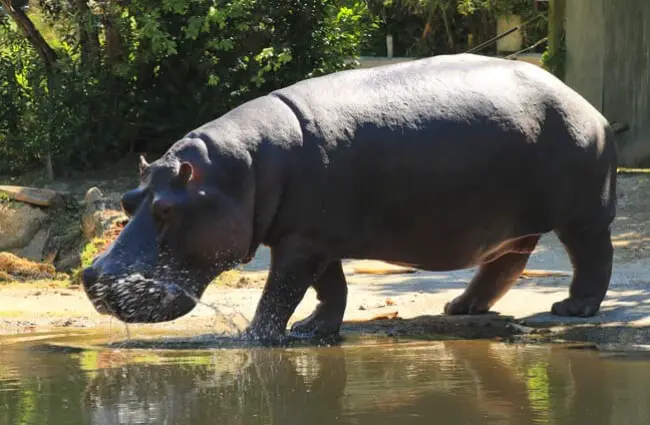

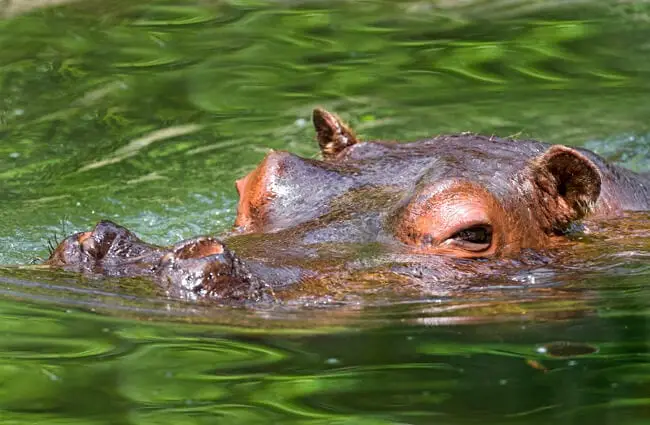
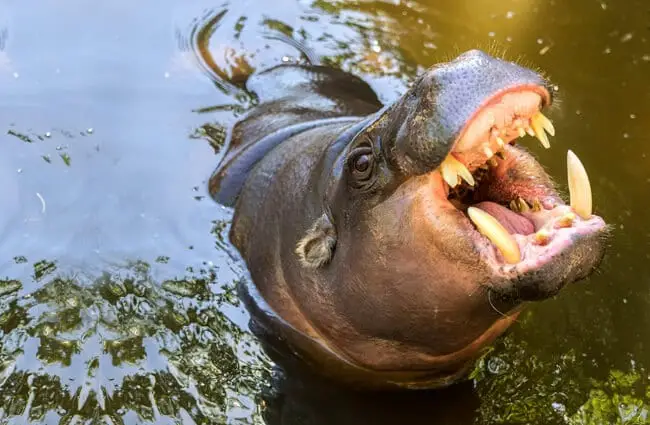
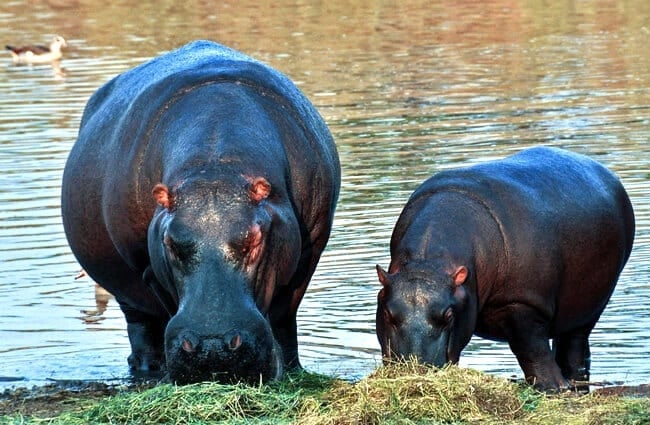

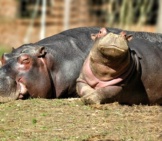

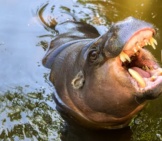

![Red Angus Closeup of a beautiful Red Angus cowPhoto by: U.S. Department of Agriculture [pubic domain]https://creativecommons.org/licenses/by/2.0/](https://animals.net/wp-content/uploads/2020/03/Red-Angus-4-238x178.jpg)












![Red Angus Closeup of a beautiful Red Angus cowPhoto by: U.S. Department of Agriculture [pubic domain]https://creativecommons.org/licenses/by/2.0/](https://animals.net/wp-content/uploads/2020/03/Red-Angus-4-100x75.jpg)

